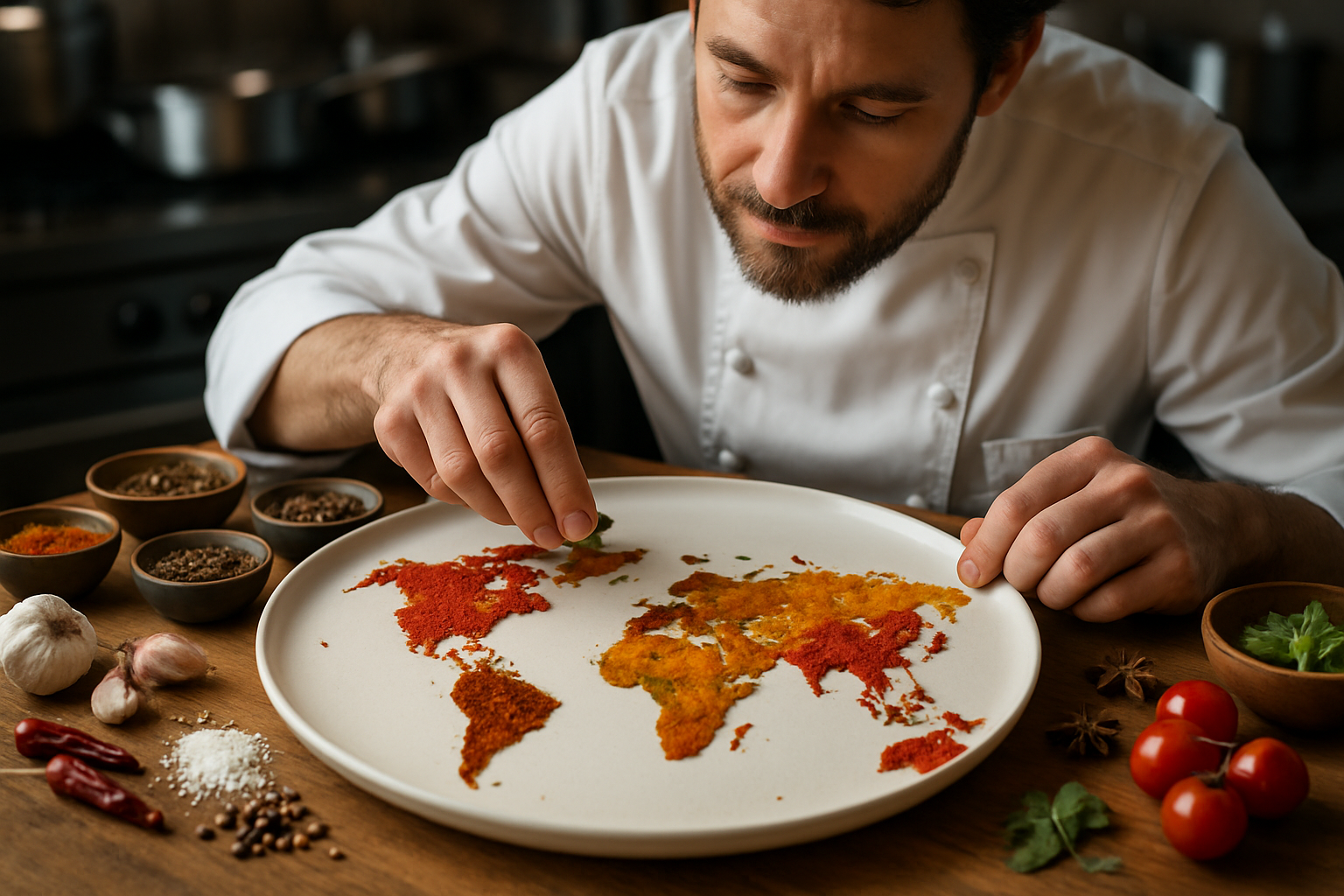Culinary Alchemy: Transforming Edible Flowers into Gourmet Delights
Unlock the enchanting world of edible flowers and elevate your culinary creations to new heights. From delicate petals adorning desserts to vibrant blossoms infusing cocktails, these botanical wonders are reshaping modern gastronomy. Join us on a floral-flavored journey as we explore innovative ways to incorporate edible flowers into your cooking repertoire.

From Garden to Plate: Innovative Cooking Techniques with Edible Flowers
Incorporating edible flowers into your cooking goes beyond mere garnishes. Innovative chefs are exploring various techniques to maximize the flavors and textures of these botanical ingredients. One popular method is candying flowers, which involves coating them in a sugar syrup and allowing them to dry, creating a crystallized effect perfect for decorating cakes and pastries. Another technique gaining traction is flower-infused oils and vinegars, where petals are steeped to impart their essence into the liquid base. These infusions can be used in dressings, marinades, or as finishing oils for a subtle floral note. For a more intense flavor profile, try incorporating edible flowers into compound butters or herbal salts. These versatile additions can elevate simple dishes like grilled vegetables or roasted meats with a unique floral twist.
Floral Fusion: Unexpected Pairings and Flavor Combinations
The world of edible flowers opens up a realm of exciting flavor combinations that challenge traditional culinary norms. Experiment with unexpected pairings to create memorable dishes that captivate the senses. Try incorporating lavender into savory dishes like roasted lamb or grilled chicken for a surprising aromatic element. Rose petals can add a delicate floral note to Middle Eastern-inspired rice dishes or be used to infuse honey for a unique spread. For a refreshing summer salad, combine peppery nasturtium leaves and flowers with citrus fruits and a light vinaigrette. In the realm of desserts, consider adding chamomile flowers to shortbread cookies or infusing ice cream with jasmine blossoms. The key is to balance the floral notes with complementary flavors, ensuring that the flowers enhance rather than overpower the dish.
Botanical Mixology: Crafting Floral-Infused Cocktails and Beverages
The art of mixology has embraced the floral trend, with bartenders and home enthusiasts alike experimenting with edible flowers in their libations. Floral-infused simple syrups are a great starting point, allowing you to add a subtle floral essence to classic cocktails like gin and tonics or mojitos. For a visually stunning presentation, try freezing edible flowers in ice cubes to add a whimsical touch to your drinks. Hibiscus flowers can be used to create a vibrant, tart tea that serves as an excellent base for both alcoholic and non-alcoholic beverages. For a sophisticated twist on champagne cocktails, float a few fresh rose petals on top for an aromatic and visually appealing touch. Don’t forget about non-alcoholic options – floral-infused lemonades or iced teas are perfect for summer gatherings and can be easily customized to suit various tastes.
Preserving the Bloom: Techniques for Extending the Life of Edible Flowers
To make the most of seasonal edible flowers, it’s essential to learn proper preservation techniques. One popular method is drying flowers, which can be done by hanging them upside down in a cool, dark place or using a food dehydrator. Dried flowers can be crushed into powders for use in baking or as colorful garnishes. Another preservation technique is candying, which not only extends the shelf life but also transforms the texture and sweetness of the flowers. For a more modern approach, try using molecular gastronomy techniques like spherification to create flower-flavored caviar or gels. These preserved forms allow you to enjoy the essence of edible flowers year-round, adding a touch of spring or summer to your dishes even in the depths of winter.
Floral Culinary Tips & Facts
• Always verify the safety of a flower before consumption
• Use edible flowers sparingly to avoid overpowering other flavors
• Harvest flowers in the morning when their water content is highest
• Remove pistils and stamens before eating to avoid potential allergic reactions
• Edible flowers are rich in antioxidants and can offer various health benefits
• Some common herbs, like chives and basil, produce edible flowers
• Certain edible flowers, such as calendula, have natural food coloring properties
• Store fresh edible flowers between damp paper towels in the refrigerator to extend their life
In conclusion, the world of edible flowers offers a captivating playground for culinary enthusiasts and professional chefs alike. By embracing these botanical wonders, you can transform ordinary dishes into extraordinary culinary experiences that delight both the palate and the eye. Whether you’re garnishing a salad, infusing a cocktail, or creating a show-stopping dessert, edible flowers provide endless opportunities for creativity and innovation in the kitchen. As you embark on your floral culinary journey, remember to experiment, have fun, and let your imagination bloom alongside these beautiful, edible blossoms.





